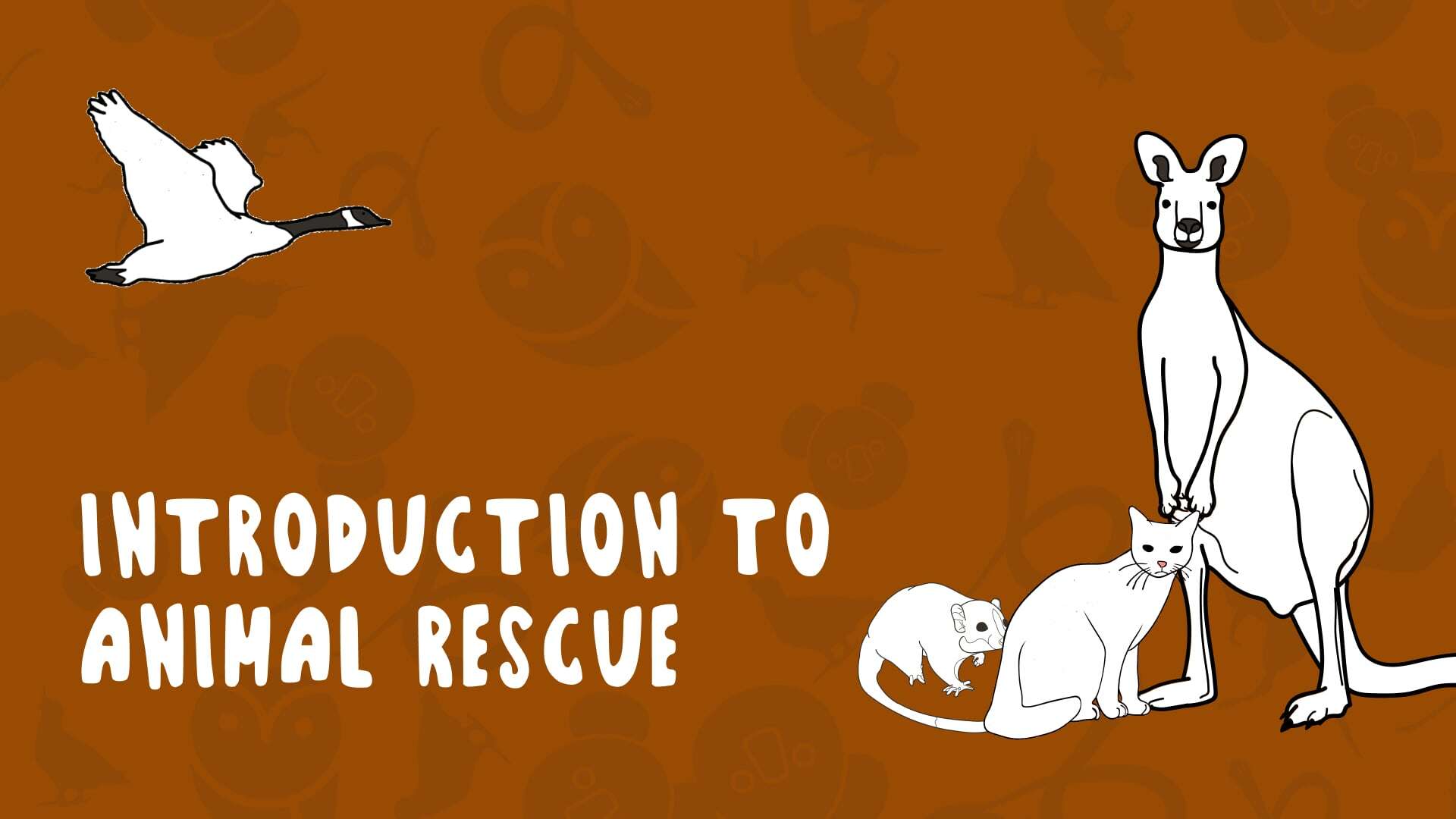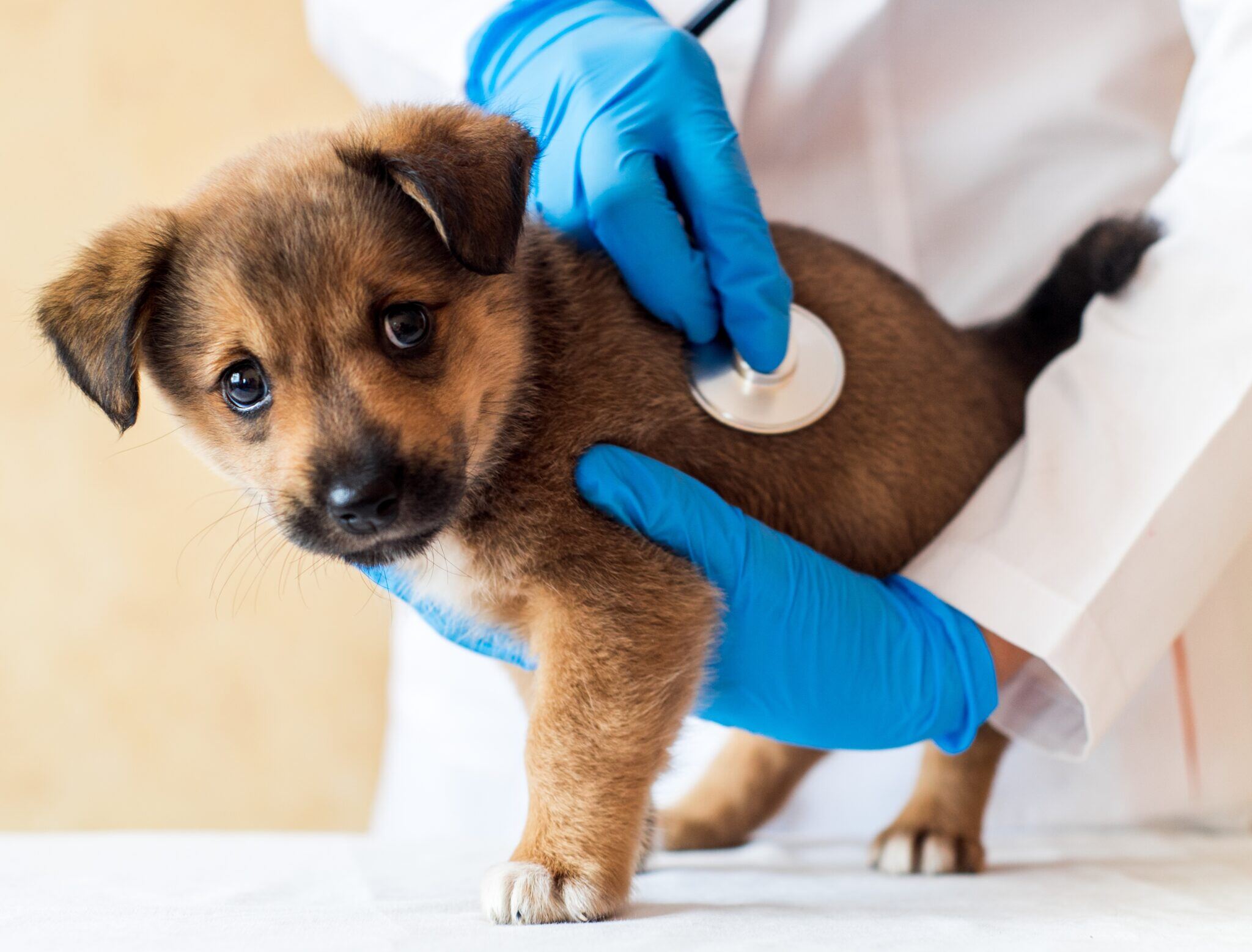Animal Rescue and First Aid: A Comprehensive Guide to Saving Lives

Each year, countless animals find themselves in life-threatening situations, whether from accidents, natural disasters, injury, or abandonment. In such circumstances, the knowledge of how to conduct an animal rescue and provide first aid can be the deciding factor between life and death. Whether you're a pet owner, a volunteer with a rescue organisation, or someone who simply wants to be more prepared, understanding how to approach animal rescue situations and administer basic first aid is essential.
Animal rescue is not only about showing compassion; it’s also about knowing how to act quickly, efficiently, and correctly. In this blog, we will explore the importance of animal rescue and first aid, how to assess various rescue scenarios, and the best practices for providing care to animals in need. This comprehensive guide will also cover different animal species, from domestic pets to wild animals, and the specific first aid techniques each one requires. By the end of this blog, you'll be better prepared to act effectively in an emergency situation, saving lives and providing comfort to animals in distress.
What is Animal Rescue?
Animal rescue is a broad term that refers to the process of saving animals from dangerous or life-threatening situations. These situations can arise from accidents, environmental hazards, illnesses, or abandonment. Animal rescue involves immediate intervention, often including the provision of basic care, followed by the transportation of the animal to a veterinary facility or shelter for further treatment.
Animal rescue operations are commonly conducted by animal welfare organisations, wildlife rescue groups, and individuals with a passion for animal care. While professional rescuers typically have the equipment, training, and support systems necessary to handle complex rescues, ordinary people can also play a critical role. By understanding the basics of rescue and first aid, everyone can contribute to animal welfare efforts.
The Importance of Animal Rescue
The importance of animal rescue cannot be overstated. Without swift action, many animals could suffer or even die from injuries, neglect, or environmental hazards. Immediate intervention can prevent suffering, reduce the impact of injury, and increase the chances of survival. Properly trained rescuers ensure that animals receive the right care at the right time, whether it’s stabilising a seriously injured pet, providing first aid to an animal found on the roadside, or rescuing a wild animal from an unsafe environment.
Animal rescue also has long-term benefits, particularly for endangered species and those vulnerable to habitat loss, poaching, or human conflict. Rescuing an animal not only saves it from harm but also contributes to the broader goal of preserving biodiversity and protecting wildlife.
Key Principles of Animal Rescue
Safety First
The first principle of animal rescue is safety — not just for the animal but for the rescuer as well. Many animals, particularly when frightened or injured, can become unpredictable. They may bite, scratch, or attempt to escape. Therefore, it is crucial to approach rescues with caution and wear the appropriate protective gear, such as gloves, thick clothing, and face shields if necessary.
Additionally, assessing the safety of the environment is essential. If the rescue is taking place in an area with traffic, unstable terrain, or environmental hazards (like flooding or wildfires), rescuers must consider how to minimise their own risk. This may involve waiting for professional help in certain situations or using specialised rescue tools, like nets or long poles, to avoid direct contact with the animal.
Approach with Caution and Care
Animals in distress can behave unpredictably, especially if they’re in pain or fear for their lives. Approach each rescue situation with patience and gentleness, and always assess the animal’s body language. Recognising when an animal is calm and receptive to help versus when it is stressed and aggressive is essential. Try to reduce any stress factors by keeping the environment as calm and quiet as possible.
Ethical Considerations
In many cases, rescuers must act quickly and decisively, but ethical considerations must always be made. For example, wild animals must be rescued in accordance with local wildlife protection laws. It's also important to avoid taking animals from their natural habitats without cause, as doing so can disrupt local ecosystems.
Rescue Scenarios

Rescue Scenario: Cat
Cats, being curious by nature, often find themselves in dangerous situations. Whether trapped in high places, injured by traffic, or abandoned, cats frequently require rescue. However, cats are not always easy to handle, especially if they are frightened or injured.
Identifying the Need for Rescue
The need for rescuing a cat is often obvious. Some signs that a cat requires help include:
- Injury: Cats that have been hit by vehicles or involved in fights often show signs of trauma, such as limping, bleeding, or lethargy.
- Distress: Cats may hide in response to stress or illness, but they can also exhibit unusual behaviours, such as vocalising excessively, trembling, or not eating or drinking.
- Stray Cats: Strays that appear malnourished, dirty, or dehydrated need rescue. Often, these cats may also be suffering from diseases like feline leukemia or calicivirus.
First Aid for Cats
- Handling Injured Cats: Cats can be aggressive when in pain, so it is important to handle them carefully to avoid injury. Always wear thick gloves when handling an injured cat, and gently place it in a secure pet carrier.
- Treating Minor Injuries: For small cuts or scrapes, gently clean the wound with antiseptic wipes or saline solution. If the injury is more severe, such as a broken limb, try to stabilise the area with a splint or bandage while awaiting professional help.
Rescue Tips
- Use a pet carrier or large towel to catch the cat, especially if it is scared or cornered. Avoid chasing it around, as this can cause unnecessary stress and harm.
- For cats trapped in trees or high places, always assess whether it’s safe to intervene. In many cases, it may be better to call a professional animal rescue service.

Rescue Scenario: Bat
Bats are often found in distress due to illness, injury, or environmental changes. They are also vulnerable to being trapped indoors or displaced by storms. It is essential to approach bat rescues with care, as bats are known carriers of rabies.
Identifying the Need for Rescue
- Injured Bats: Bats may become grounded or injured after storms or accidents. If you find a bat lying on the ground or unable to fly, it’s likely in need of rescue.
- Signs of Disease: Bats suffering from disease, such as white-nose syndrome or rabies, may exhibit unusual behaviour such as erratic flight or inability to move.
First Aid for Bats
- Safety Precautions: Always wear gloves when handling bats, as they can carry diseases such as rabies. It is also wise to avoid handling bats directly without protective equipment.
- Stabilising Injured Bats: If the bat is injured, place it in a small, ventilated box lined with soft cloths to prevent further injury. Avoid feeding or giving water to the bat unless instructed by a wildlife rehabilitator.
Rescue Tips
- If the bat is indoors, use a towel or cloth to gently capture it and place it in a box. Keep the box in a cool, quiet place until help arrives. Contact a local wildlife rescue or rehabilitation centre for advice on further care.

Rescue Scenario: Ibis
Ibises, like many other birds, may be rescued due to injury, illness, or environmental hazards. Common causes of distress include traffic accidents, fishing line entanglement, or dehydration.
Identifying the Need for Rescue
- Physical Injury: Ibises that are limping, unable to fly, or have visible injuries such as cuts, broken wings, or torn feathers may require immediate attention.
- Dehydration: In hot weather, ibises may become dehydrated and weak. If a bird is sitting lethargically or seems unresponsive, it may be suffering from dehydration or exhaustion.
First Aid for Ibis
- Handling and Transporting: When rescuing an ibis, be gentle but firm. Use a towel to cover its head and calm the bird. Place it in a pet carrier lined with soft towels for transport to a vet.
- Treating Dehydration: Offer water or an electrolyte solution, but only if the bird is conscious and able to drink.
Rescue Tips
- Ibises are particularly sensitive to stress, so keep the environment as calm as possible. Avoid handling the bird unnecessarily and ensure it’s kept in a quiet, dark space during transport.
Animal Rescue: Environmental and Legal Considerations
Animal rescue isn’t just about the immediate physical care of the animal—it’s also about considering the broader environment and adhering to legal standards. For example, many countries have strict wildlife protection laws that must be followed when rescuing wild animals. In some cases, even attempting to rescue certain species without proper training or legal permission can result in harm to the animal or the rescuer.
When conducting a rescue, ensure you:
- Follow local wildlife protection regulations.
- Contact the proper authorities for advice or assistance when necessary.
- Understand the long-term needs of the animal (e.g., wildlife rehabilitation versus returning the animal to the wild).
Animal rescue is a vital and rewarding field, whether you're volunteering for a local shelter, working with a wildlife rescue organisation, or simply helping an animal in need. With the right knowledge, tools, and preparation, rescuers can make a significant impact on animal welfare. Through safe, humane practices, we can ensure that animals receive the care they need and have a chance at recovery and rehabilitation.
Are you ready to help animals in need? Consider enrolling in our Animal Health & Veterinary Care course today and start your journey toward becoming an expert in animal care. Whether you're a pet owner or aiming for a career in veterinary services, this course will equip you with the knowledge and practical skills to care for animals in a variety of settings.

